Introduction to Impedance Audiometry: How It Helps in Diagnosing Middle Ear Issues
Impedance audiometry is a critical diagnostic tool used by audiologists and ENT specialists to assess the function of the middle ear. Unlike typical hearing tests, which measure hearing sensitivity, impedance audiometry evaluates the ear’s response to sound pressure, providing insights into middle ear functionality. Here’s a guide on how this essential test works, what it measures, and its significance in diagnosing middle ear issues.
What is Impedance Audiometry?
It is a non-invasive procedure that analyzes the acoustic properties of the middle ear. It primarily focuses on the movement and pressure changes within the eardrum (tympanic membrane) and middle ear structures. The test evaluates two main parameters:
- Tympanometry: This measures the eardrum’s movement in response to varying air pressures in the ear canal.
- Acoustic Reflex Testing: It assesses how the ear muscles respond to sounds, checking the reflexes that protect the inner ear from loud noises.
Both parameters offer crucial data on the ear’s health and any potential middle ear disorders.
How Impedance Audiometry Works
- Preparation and Setup: A soft probe is gently inserted into the ear canal, creating a sealed environment.
- Tympanometry: During this test, the probe releases small amounts of air pressure in the ear canal, measuring the eardrum’s response. This gives valuable data on eardrum flexibility and middle ear pressure.
- Acoustic Reflex Testing: This part of the exam measures how the stapedial muscle contracts in response to sound. The muscle’s reflex can indicate various ear conditions depending on how it responds to different sounds.
What Impedance Audiometry Measures
It specifically focuses on the following middle ear aspects:
- Eardrum Mobility: Analyzing whether the eardrum moves appropriately or is stiffened, which may indicate fluid buildup or ear infections.
- Middle Ear Pressure: This helps diagnose whether the middle ear pressure is balanced, as imbalances could signify Eustachian tube dysfunction.
- Acoustic Reflex Thresholds: Measuring the response of the middle ear muscles helps detect issues related to auditory nerve function and other neurological factors.
Common Middle Ear Issues Diagnosed Through Impedance Audiometry
- Otitis Media (Middle Ear Infection): Tympanometry can detect the presence of fluid or infection in the middle ear, a common issue that can lead to hearing impairment if untreated.
- Eustachian Tube Dysfunction: This condition results from improper pressure regulation, often due to colds, allergies, or sinus infections. Impedance audiometry helps identify pressure irregularities within the ear, pointing to Eustachian tube issues.
- Perforated Eardrum: Impedance audiometry can reveal irregularities in eardrum movement, suggesting a possible perforation or scarring.
- Otosclerosis: A stiffening of the middle ear bones, often leading to hearing loss, can be detected as tympanometry reveals reduced eardrum flexibility.
- Auditory Neuropathy: Acoustic reflex testing helps diagnose problems in the auditory nerve, which may affect hearing even when the inner ear appears normal.
Why Impedance Audiometry is Essential for Ear Health
Impedance audiometry plays a vital role in preventive care, allowing clinicians to diagnose middle ear issues early. Its non-invasive nature, combined with high accuracy, makes it a go-to diagnostic tool for both children and adults, especially for those experiencing symptoms like hearing loss, fullness in the ear, or frequent ear infections.
Since it doesn’t require active participation, it is ideal for testing infants, young children, or patients who may struggle with standard hearing tests. Early detection of middle ear problems can lead to better treatment outcomes, preventing long-term issues that could affect communication and quality of life.
Preparing for an Impedance Audiometry Test
The impedance audiometry test typically takes about 10–15 minutes and requires minimal preparation. Patients should avoid moving or swallowing during the test to ensure accurate results. If a patient is experiencing active ear infections or pain, it’s best to consult with the physician about rescheduling the test.
Final Thoughts
Impedance audiometry is a straightforward yet powerful tool that provides crucial insights into middle ear health. By understanding how this test works and its role in diagnosing middle ear issues, patients and healthcare providers can work together to address and manage ear health effectively.



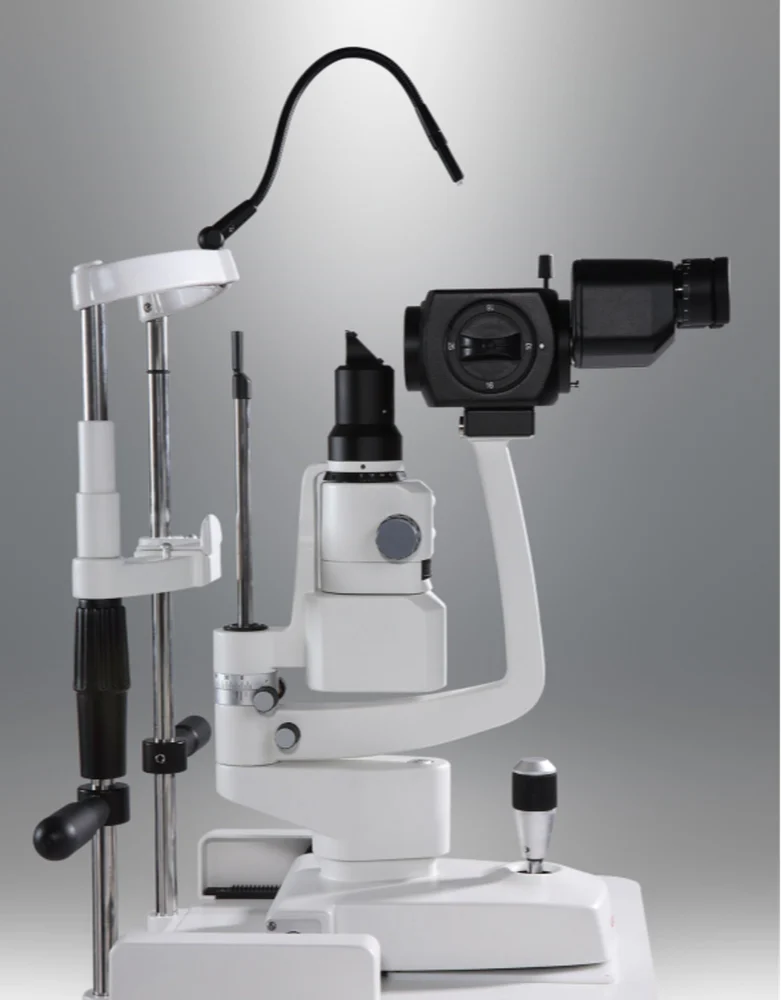
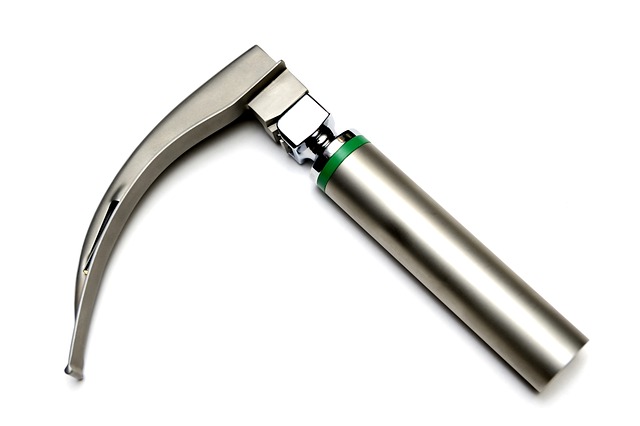

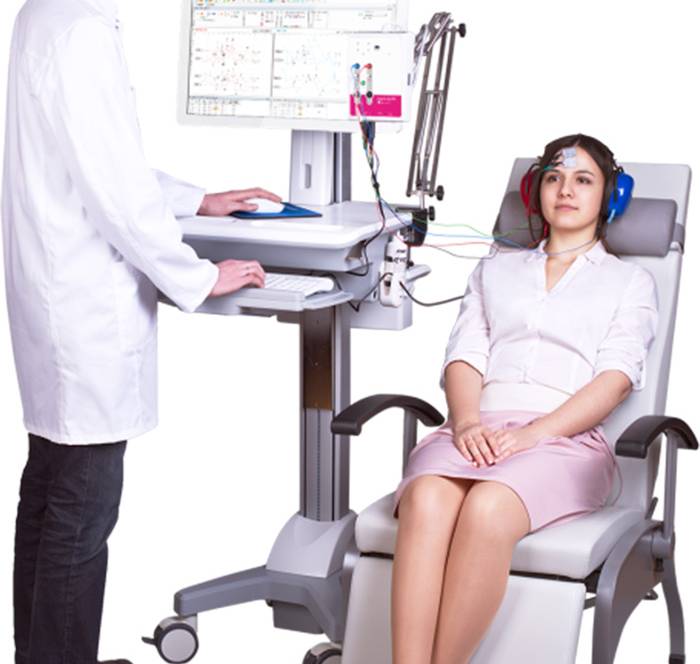
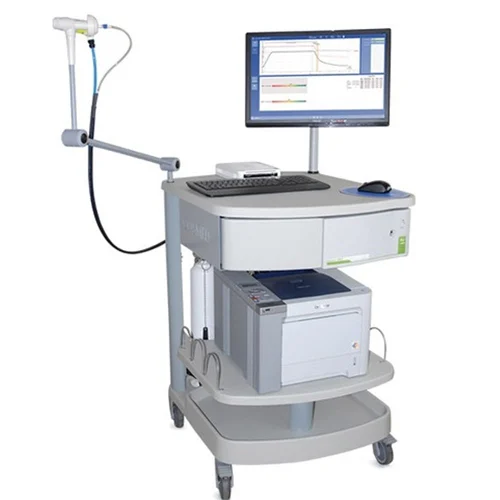
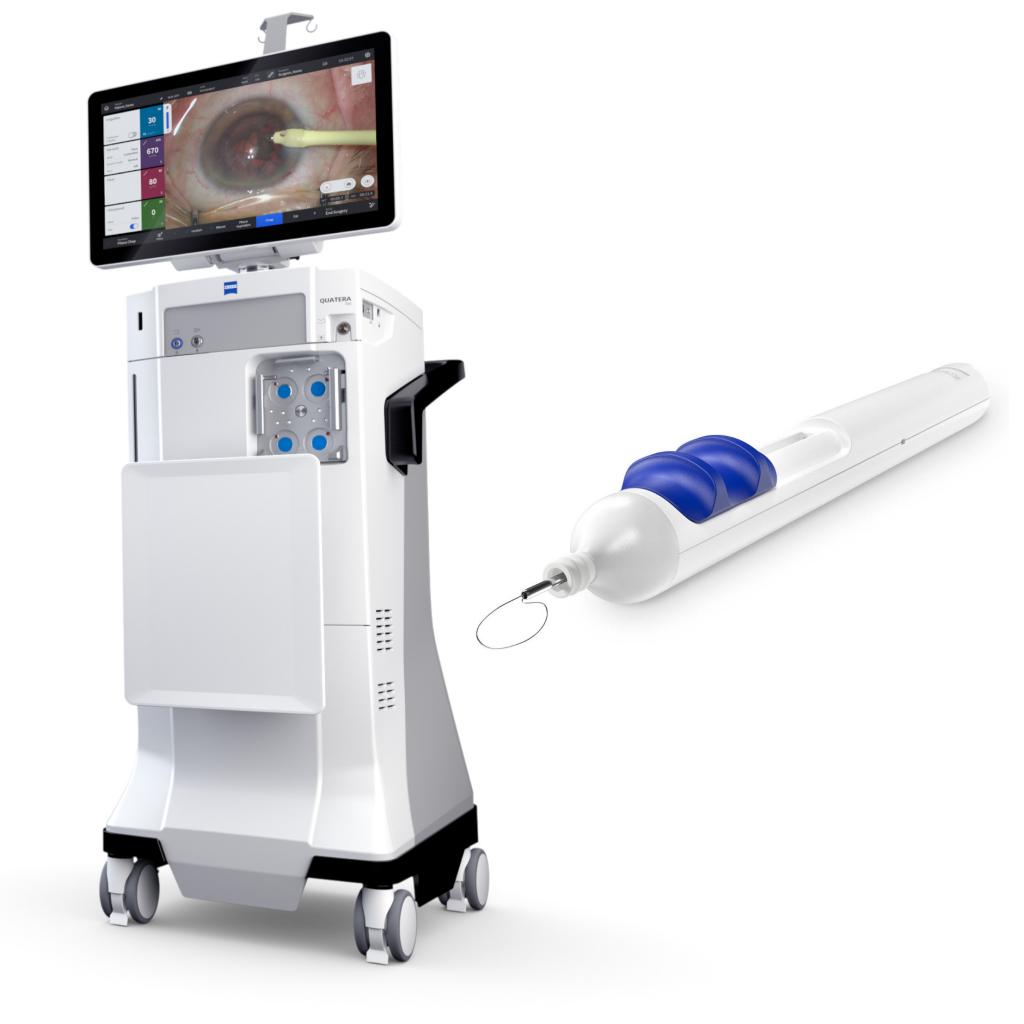
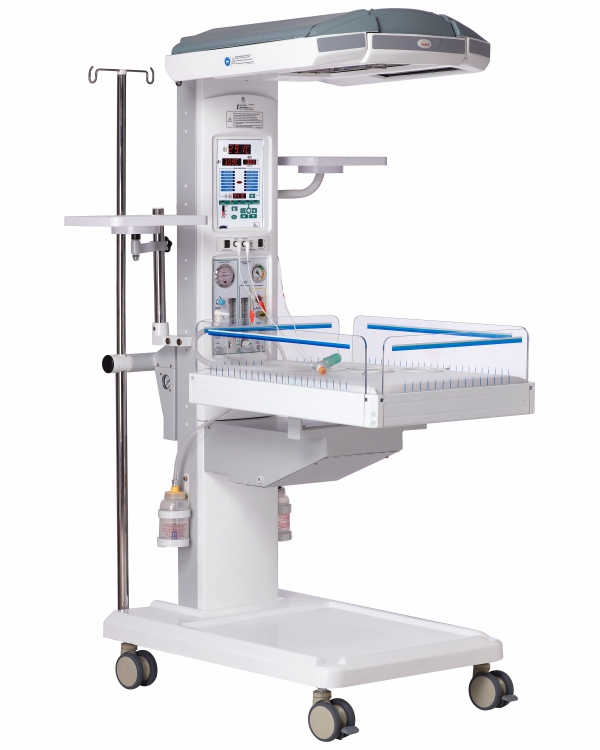
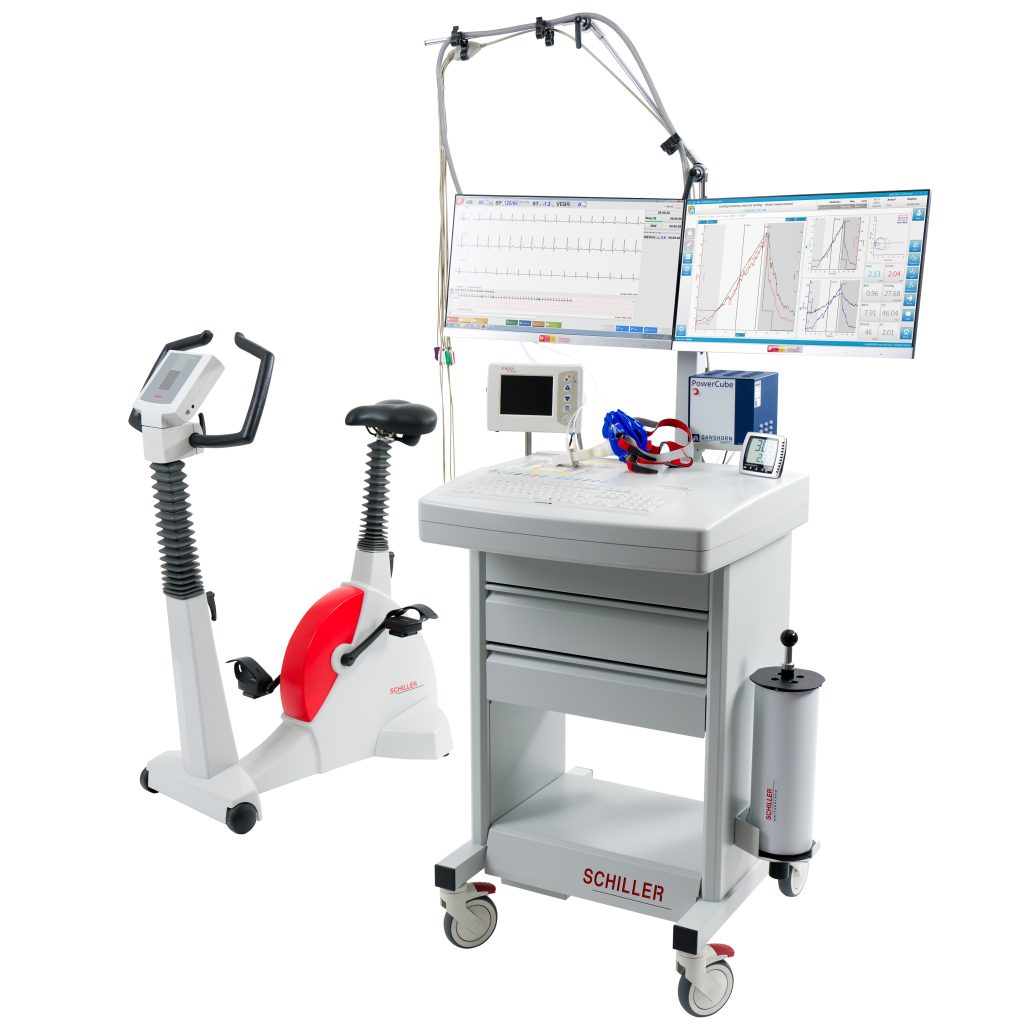




Leave a Reply